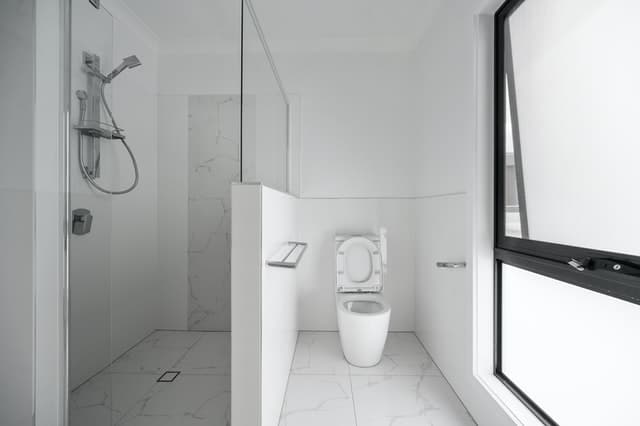It is only natural for homeowners to be curious about their home setup. Not all are experts when it comes to the home’s features, but it always pays to be familiar with them. Although a professional contractor can guide and help you, you should also know what is going on to avoid any misunderstandings in the future. This article will focus on drain tiles and sump pump concerns and what homeowners should know about them.
What You Should Know About Your Drain Tile
It Needs to Be Sloped
People are confused about whether drain tiles need to be sloped or not. The reason behind this is that many houses have their drain tiles in level flooring. However, this is not the ideal setup.
The drain tile is responsible for channeling water into your drainage system and away from your house. It cannot provide its optimal performance if its layout is not optimal.
Imagine the same happening to your sewer pipes. If these pipes are level, the waste inside will not move. Obviously, the best way to keep the water moving is to ensure that the drain tile is in a slope position.
Why Do Some Contractors Not Follow This?
There are only four possible reasons some houses have leveled drain tile:
- Their contractors did not know.
- The contractors did not want to do the extra digging.
- Their contractors might have suggested it, but the client refused.
The Proper Slope Should Be Like This
More than understanding the need for a sloped drain tile, you need to know the proper way to do it. That way, you know whether your contractors are doing the right thing for your house or not.
There is only one rule to know:
- The slope should be ⅛ inch per linear foot of the pipe. In simple terms, there should be a drop of one inch in level for every eight feet of the pipe.
So far, this number is the most effective slope observed for both the installation and operation of the drain line system. Having more than that number could make it difficult for the pipes to run farther.
How Sump Pumps Help the Drain Tiles
Every home has at least one sump pump. However, you should know that the actual needed number of pumps depends on how long your drainage is.
The sump pump is a constructed pit placed below the main surface of the lowest part of the house, usually below the basement floor. This pump is equipped with valves that notice when your house’s water level or water pressure is escalating.
To make sure that your drain tile can still accommodate even heavy rainwater, you need to have at least one sump pump installed at every 80 feet of your drainage run. That could help ensure that the water would be managed well.
Conclusion
It all boils down to whether you would get a waterproofing contractor who does their job right. While professional contractors are supposed to know what they do, it does not also hurt to be aware of the logic behind their decisions. Be curious and ask questions to understand why things should be built a certain way. Remember that you are paying them to ensure that your house and all of its mandatory features are safe and secure.
If you need reliable drainage contractors in Belleville, let us help you. Sir Williams Drainage and Waterproofing Solutions has been providing quality service for more than 40 years now. We know your home serves as your most significant investment, and our goal is to help you protect it. Call us today to learn more about our service.

 (248) 252-5248
(248) 252-5248 